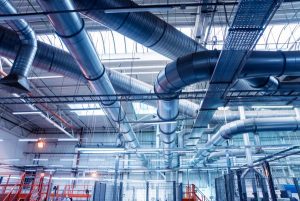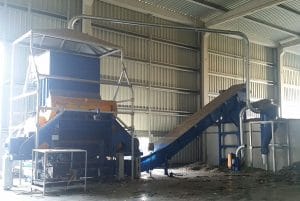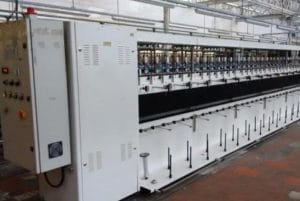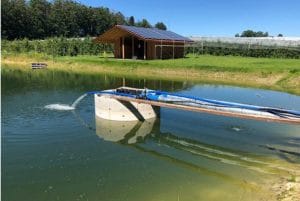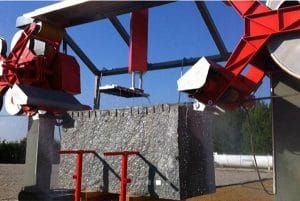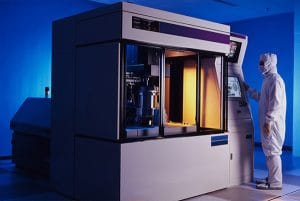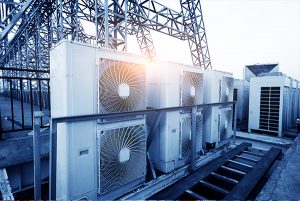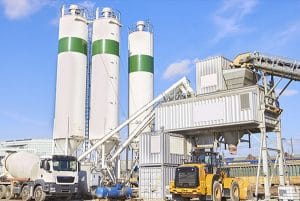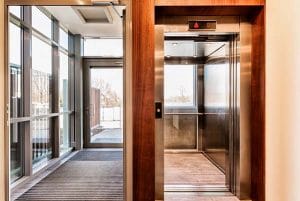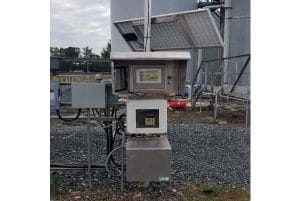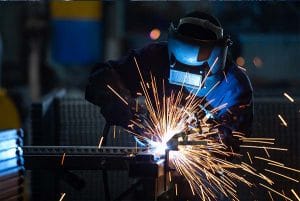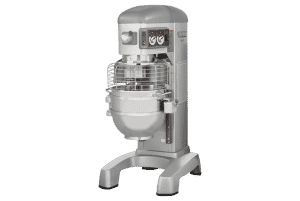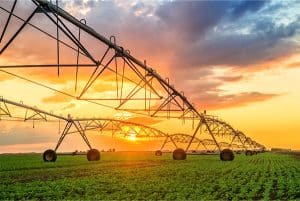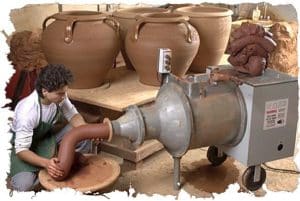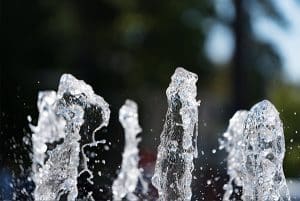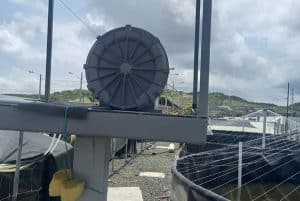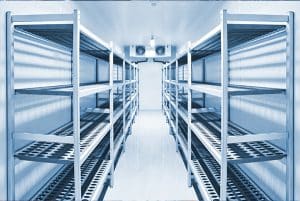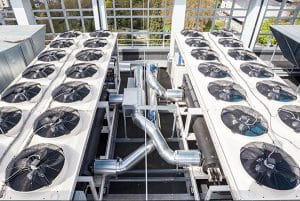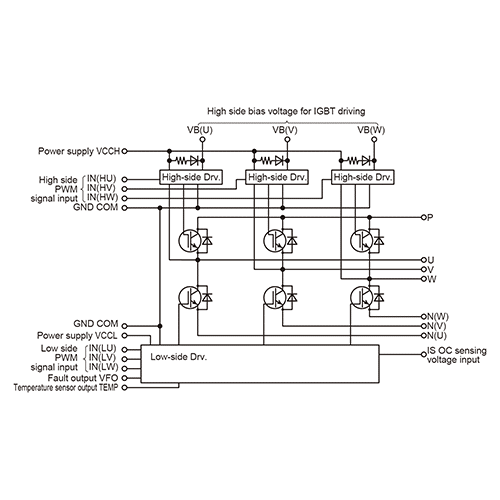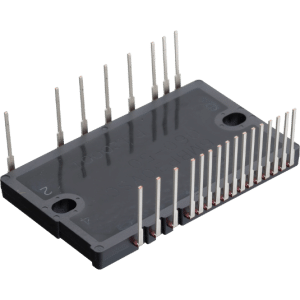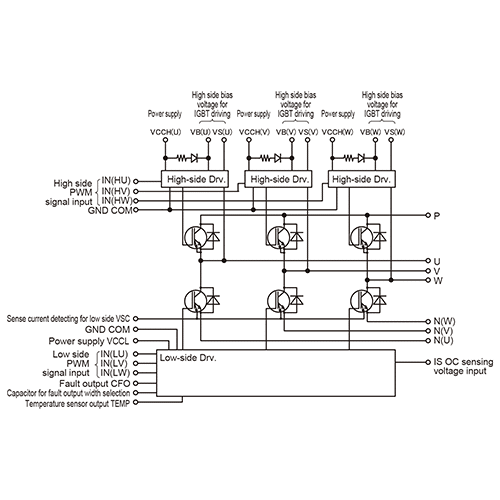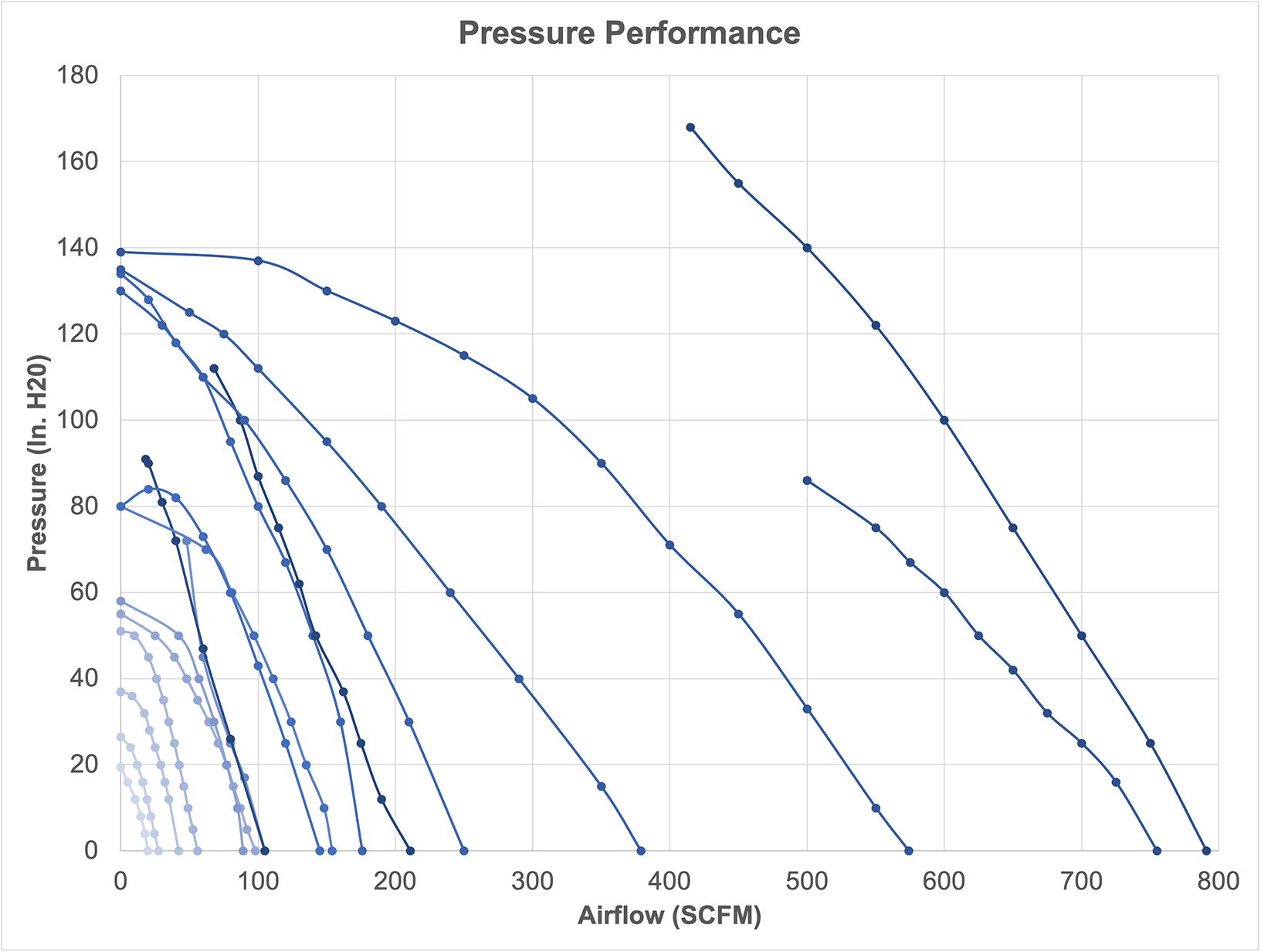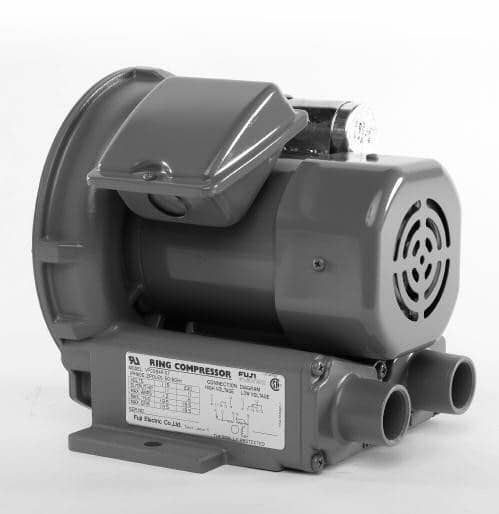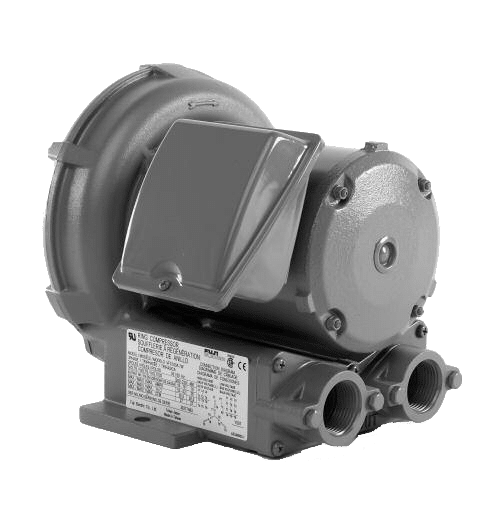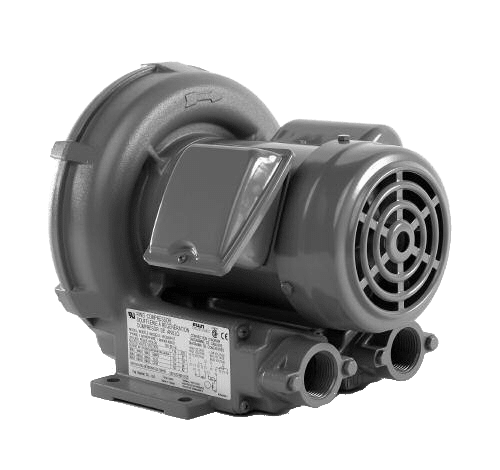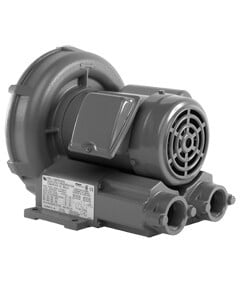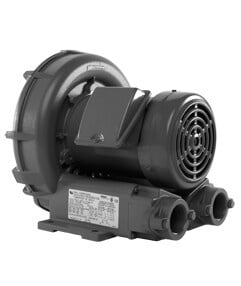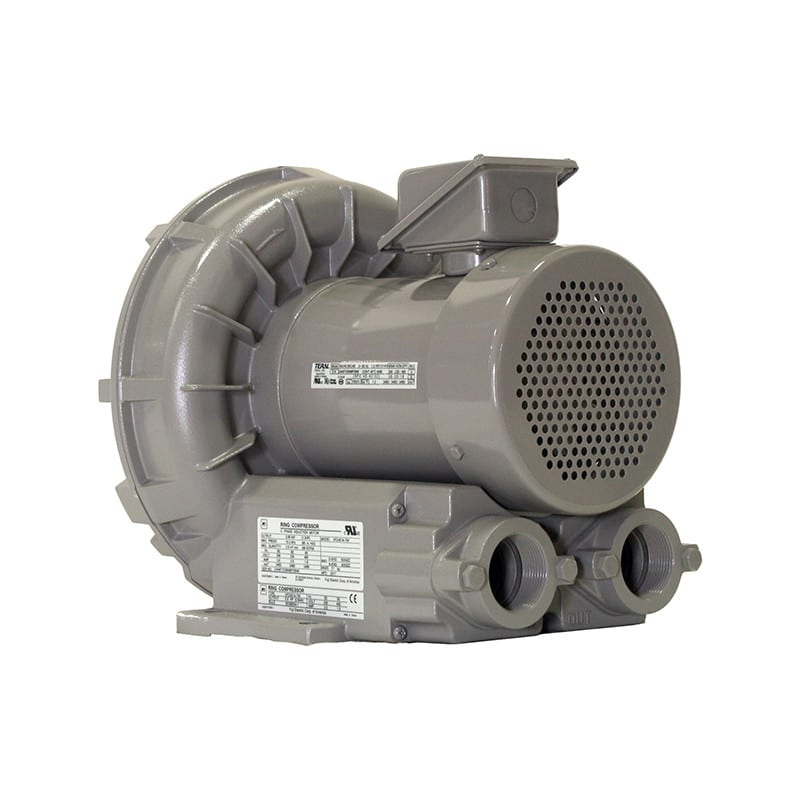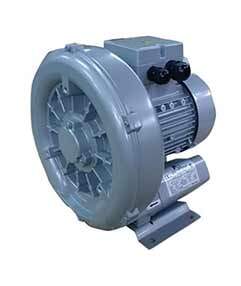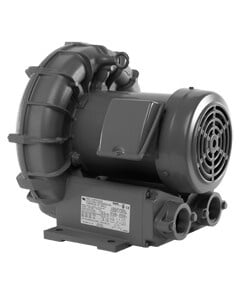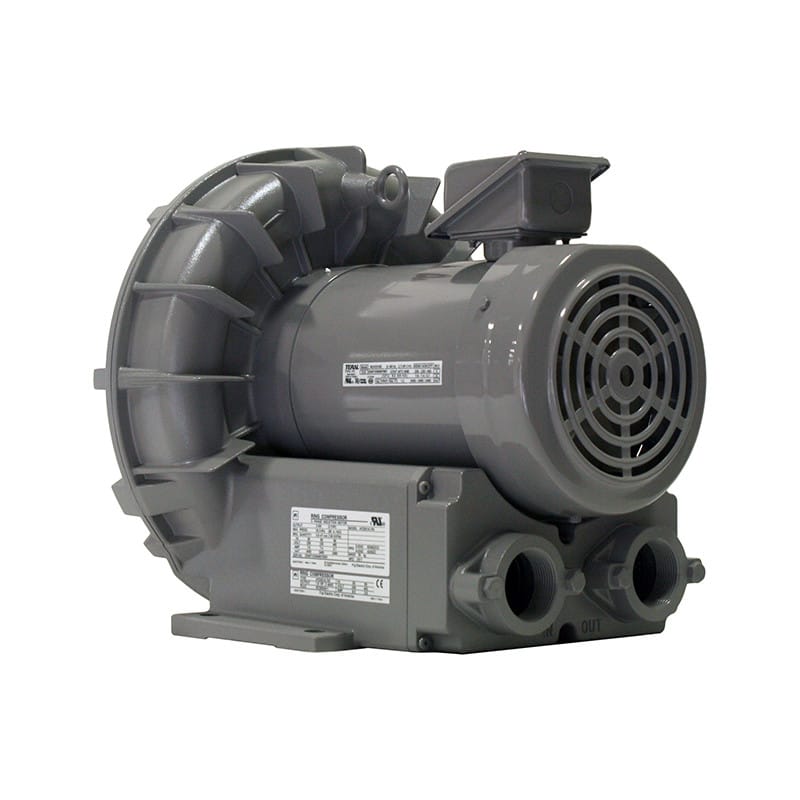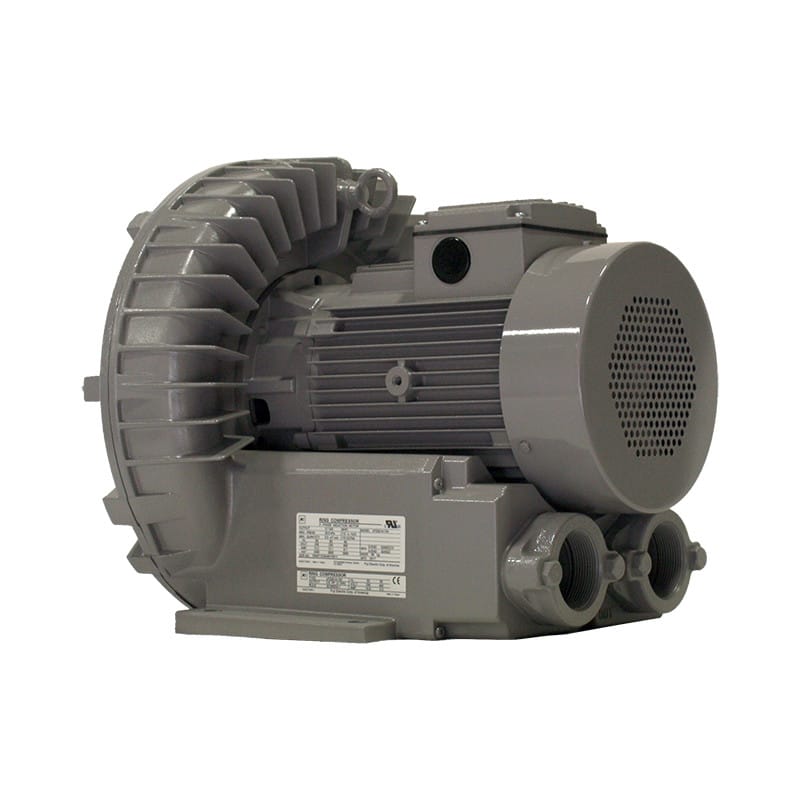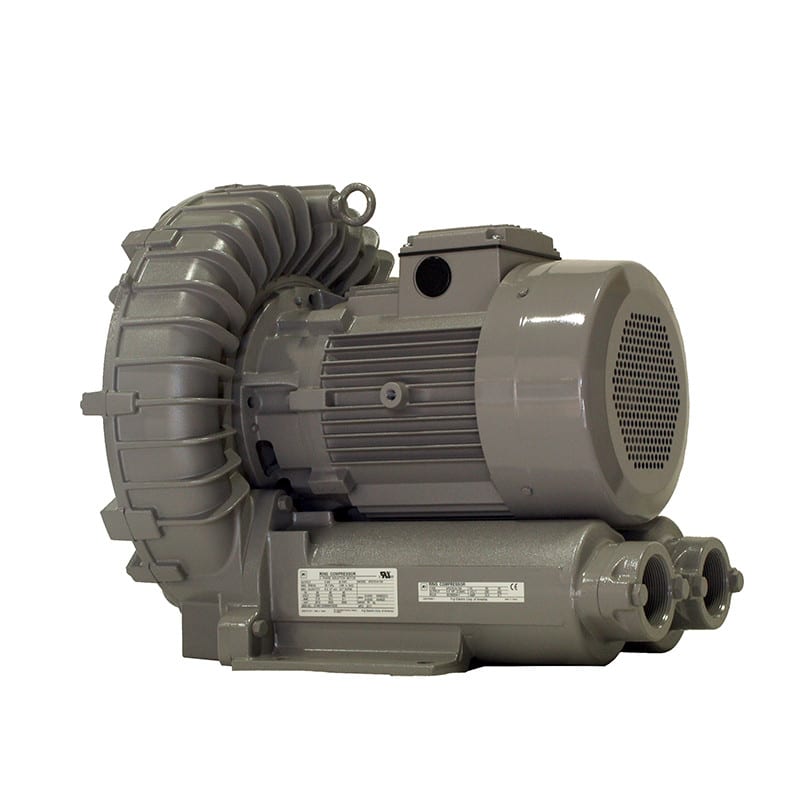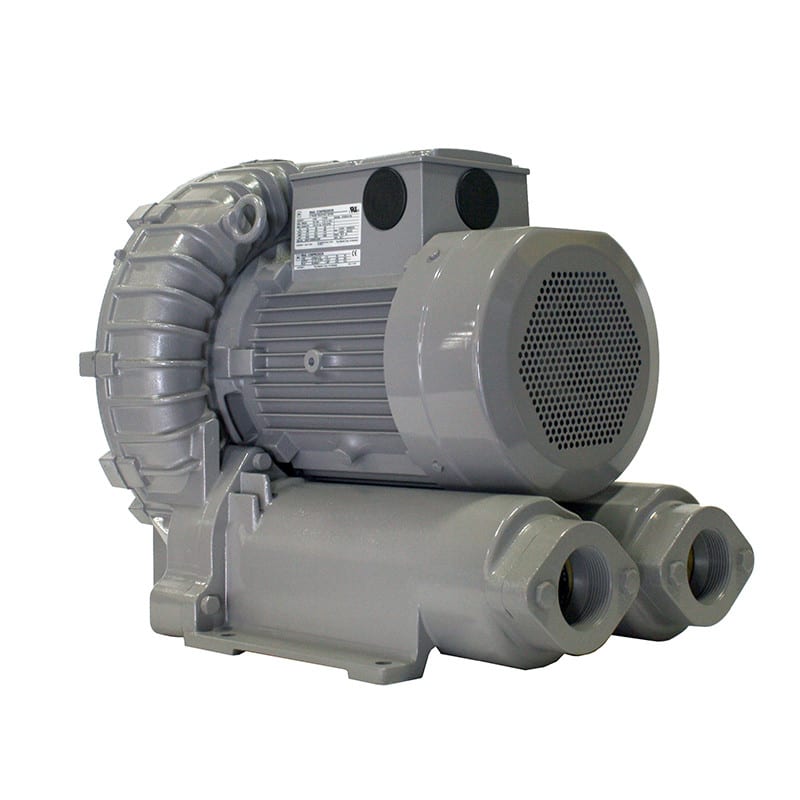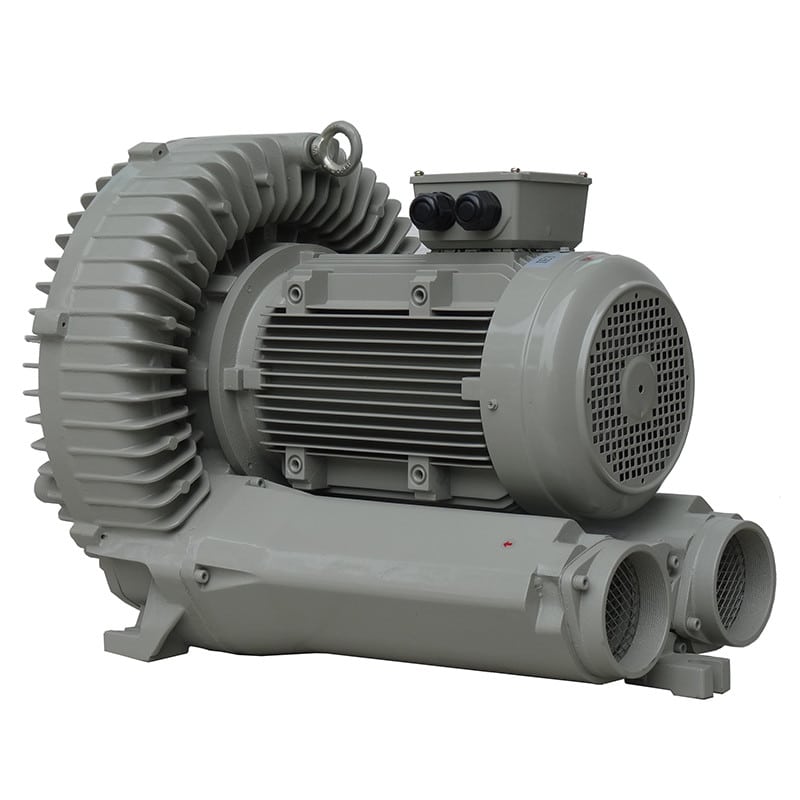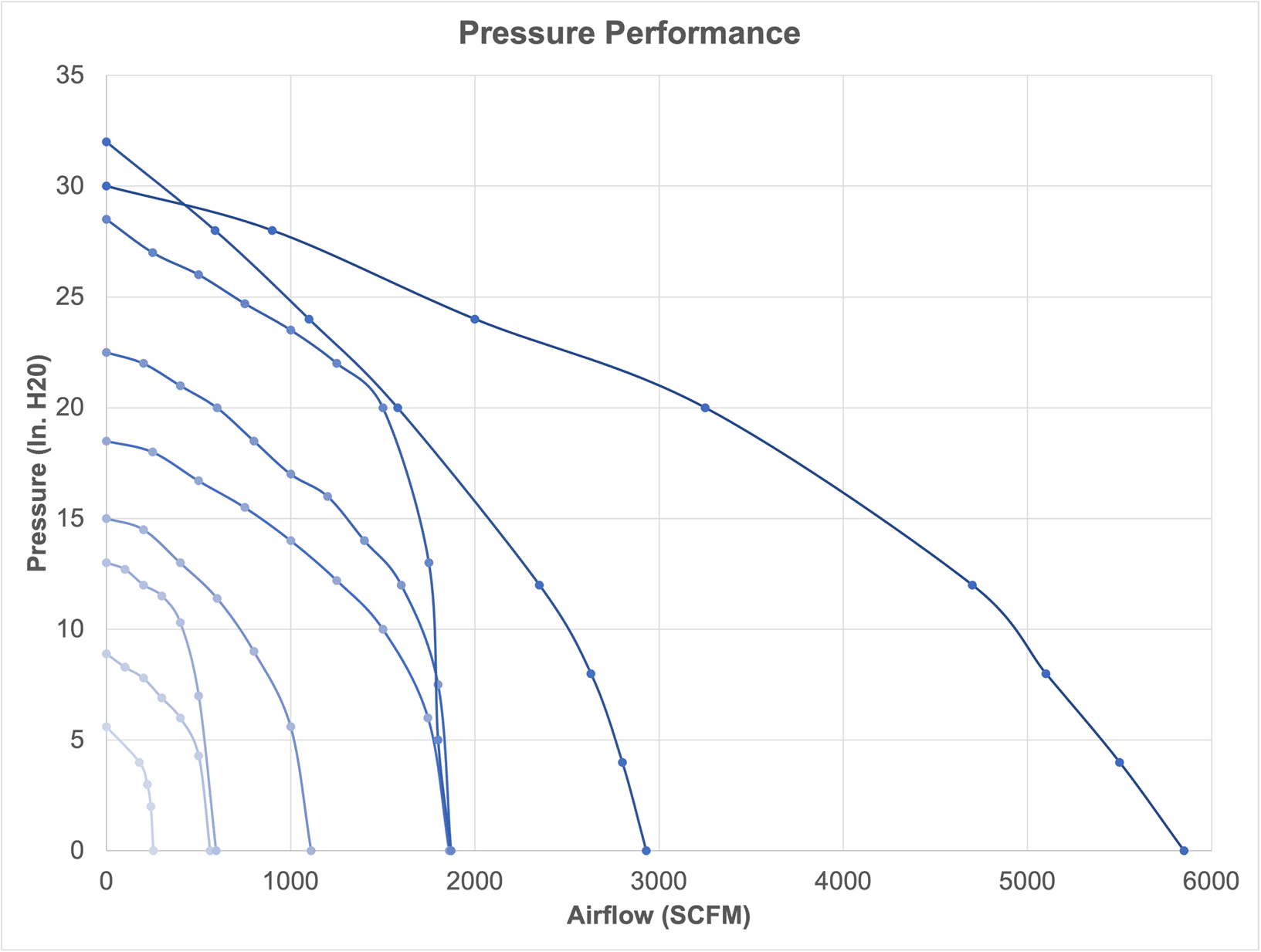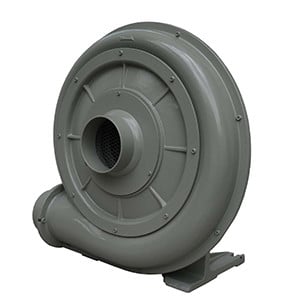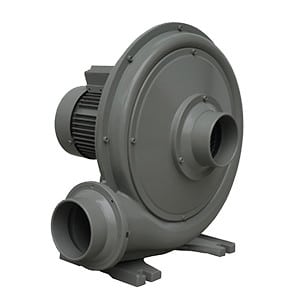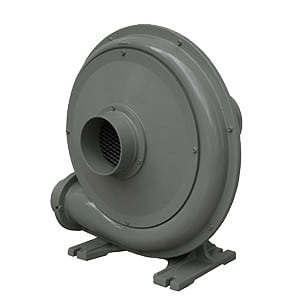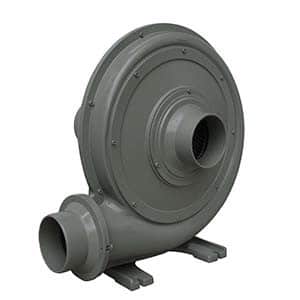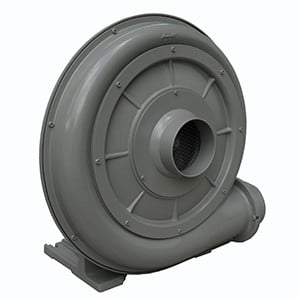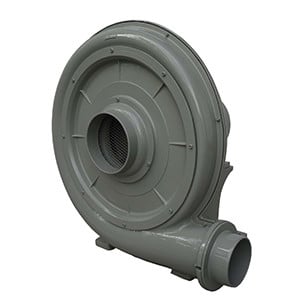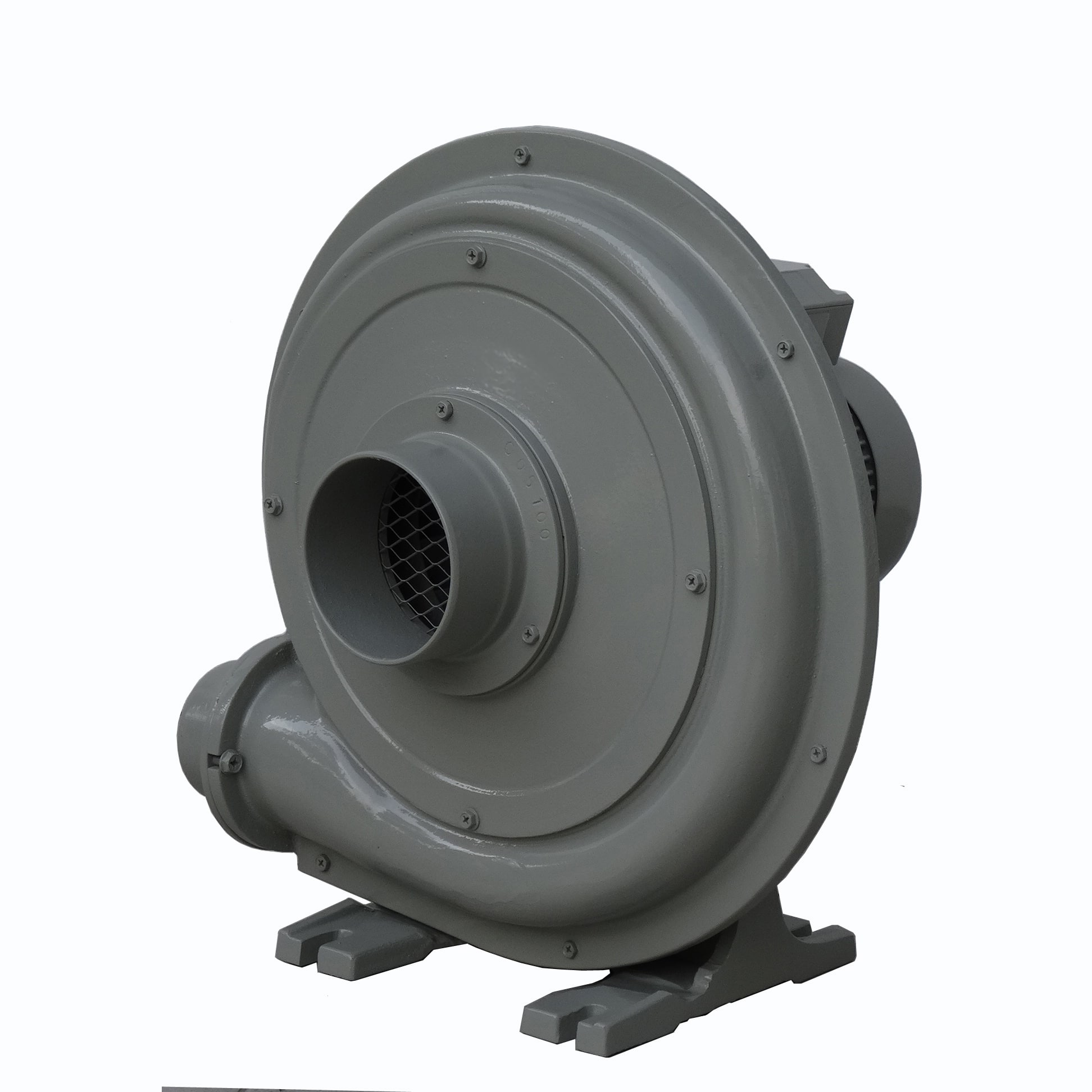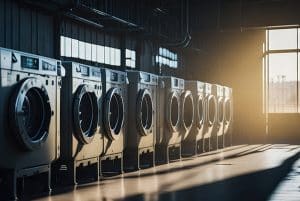Selecting the appropriate pressure transmitter for an explosive environment can be challenging. Numerous factors must be taken into account, as errors can lead to serious consequences. You can confidently choose the right pressure transmitter for your application and ensure the safety of your facility in hazardous areas. 
Choose the industry category for your installation
It is crucial to identify the specific industry category relevant to your installation. Doing so ensures you select a transmitter tailored to the unique hazards of your environment. Taking these precautions helps safeguard both your employees and equipment.
Identify the level of explosive risk
Explosive atmospheres are categorized into Zone 0, Zone 1, and Zone 2 based on the level of risk. Zone 0 represents a permanent risk, Zone 1 denotes an occasional risk, and Zone 2 indicates a potential risk. Each zone requires specific types of pressure transmitters designed for use in such environments. For instance, in Zone 0, only explosion-proof or intrinsically safe pressure transmitters are suitable. Zone 1 permits the use of dust-ignition-proof pressure transmitters, while Zone 2 allows for any type of pressure transmitter.
When selecting a pressure transmitter for explosive atmospheres, it is essential to match the transmitter’s classification with the zone’s requirements. Choosing the wrong transmitter could lead to catastrophic explosions.
Identify the type of flammable substance
Flammable substances are typically classified into two main types: gas and dust. Gas is generally easier to detect due to its higher visibility, while dust can be more challenging to identify. Both can pose explosive risks, making it essential to select an appropriate pressure transmitter for use in hazardous areas.
Choose gas or dust transmitters based on the specific chemicals present in the environment, including potentially volatile liquids such as certain fuels.
Identify the protection method suitable for your hazardous area
To ensure safety, it is essential to select the appropriate protection method for your specific requirements. This involves choosing the right device, such as sensors with varying technologies—like piezoresistive or capacitive—depending on the installation environment.
Consider gases and dusts
A critical factor when selecting a pressure transmitter for an explosive area is identifying the type of gas present, along with the size and conductivity of the dust.
For gases, determine the ignition hazard class. To prevent accidental ignition, it is essential to select a transmitter that is compatible with the type of gas being used. Gases are classified into three ignition risk categories: flammable, combustible, and inert.
- Flammable gases, like hydrogen, can ignite at very low concentrations
- Combustible gases, such as methane, require higher concentrations to ignite but still pose a risk
- Inert gases, like nitrogen, are non-flammable and can be safely used in potentially explosive environments.
By selecting a pressure transmitter that matches the appropriate ignition risk class, you can reduce the risk of accidental fires and explosions.
For dusts, identify the size and conductivity. The transmitter must be capable of withstanding varying levels of dust exposure depending on the application. For instance, in a coal mine, the dust is relatively large and less conductive, whereas in a flour mill, the dust is finer and more conductive. The pressure transmitter selected should be suitable for the dust’s size and conductivity. If the transmitter is not designed to handle the specific dust characteristics, it could fail prematurely or even cause an explosion. Therefore, it’s crucial to match the dust size and conductivity with the appropriate type of pressure transmitter.
Choose the correct surface temperature
Selecting a sensor with the correct surface temperature range is crucial to ensure it can withstand the temperatures present in an explosive area. The most common temperature ranges for explosive environments are T1 (low temperature) and T2 (high temperature). If the sensor is not rated for the appropriate temperature range, it may not deliver accurate readings or could fail entirely. Choosing the right sensor with the proper surface temperature range is essential for safe and reliable operation in hazardous environments.
Include the protection rating
It is also important to verify the protection rating of the pressure transmitter. This rating indicates how effectively the device is safeguarded against the entry of foreign objects and liquids, both of which could potentially lead to a fire or explosion. By selecting a pressure transmitter with the correct safety ratings, you can help ensure a safe and efficient working environment.



